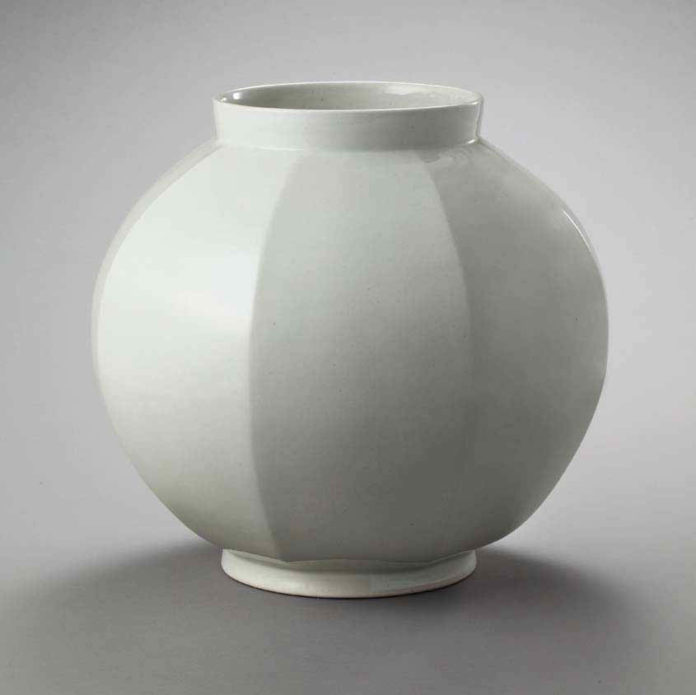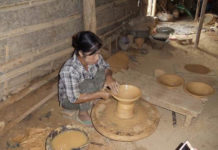Doja (ceramics) is a key part of the cultural heritage of the Republic of Korea (also known as “South Korea”). Its presence can be traced back to more than 10, 000 years ago. Many of the forms that are distinctive of Korea developed around 4000 BC beginning with the jeulmun or comb-pattern ceramics known to have also been found in Finland, the Baltic area and Russia.
Throughout history Korean ceramics received much of its influence from China. These were further developed to have specific Korean traits. Alongside China, Korea was one of the first countries to develop high-fired ceramic wares (celadon, buncheong and porcelain). For such reasons, today ceramics is a cultural asset that represents the country’s aesthetics. There are various iconic Korean ceramic techniques. It is known most notably for the celadon inlay technique (referred to as the sanggam technique in the Korean language) developed during the Goryeo Dynasty (918 – 1392) and also for the various surface decorating methods produced by the short-lived buncheong (only lasted for 100 years, late fourteenth century to the late fifteenth century) ware of the Joseon Dynasty (1392 – 1897). The word buncheong literally means to cover the surface or powder the surface. Therefore, the technique of applying white liquefied clay (namely engobe or slip) was advanced at the time as the clay was in a poor state. It produced the sgraffito method of decorating, embossed carving, incising, stamping, trailing and dipping. Goryeo celadon and Joseon white porcelain are also important techniques in Korean ceramics.
The onggi or food storing jar fired to about 1100 degrees Celsius is also distinctively Korean. Unlike the ritual earthenware, celadon and porcelain, this is the only ware that was used by all classes of Korea throughout history as it is closely connected with the Korean way of eating. This was used specifically for fermenting food, acting like an ancient day refrigerator. The jars come in all shapes and sizes with regional features and they are fired only once, coated with a mineral mixture containing wood ash and earth debris found in forests and woodlands. Onggi food storing jars are still used today in Korea, whether people live in houses or apartments.
Korea has a long and rich ceramic history and it is truly a cultural asset. For this reason anyone doing ceramics has the responsibility to do well as Koreans, still following Confucian philosophy even today, believe that it is not right to shame ancestral heritage. Ceramics today is practiced in many different channels. There are those who simply continue historical lineage by reproducing ancient wares and then there are those who pursue artistic careers in the contemporary way. The ceramic heritage of Korea is a rich resource for anyone studying ceramics. Many young generation makers still refer back to historical ceramic wares in order to reinterpret them.
Korea plays an important role in the field of contemporary ceramics because of many international events founded at the turn of the twenty-first century. It is known for the Gyeonggi International Ceramic Biennale (previously named as World Ceramic Exposition), the Cheongju International Craft Biennale, Clayarch Gimhae Museum, Buan Celadon Museum, Gangjin Celadon Museum and more. The role of Ewha Womans University Ceramics Research Center and Hongik University Ceramics Research Center has been crucial in developing contemporary Korean ceramics along with the Korea Ceramic Foundation.





